A new study by University of Alberta scientists could help guide the search for rare, high-value yellow diamonds in the Canadian North.
The researchers, led by PhD student Mei Yan Lai, examined the chemical makeup of stones recovered from the Chidliak and Ekati mines in Northern Canada to get a better understanding of how they formed.
“Without this research, we wouldn’t know that two separate formation events occurred, and that the second, more recent event is responsible for the yellow colour,” explained U of A diamond geologist Thomas Stachel.
“The more we know about the origin of these potentially high-value diamonds, the better results for diamond exploration and value creation in Northern Canada.”
Lai said they wanted to understand the origin of the yellow colour in the diamonds from the two deposits.
“Canadian yellow diamonds have never been studied spectroscopically in detail. Our results suggest that the cause is the preservation of unstable single nitrogen atoms preserved inside the diamonds,” explained Lai, who conducted this research as part of her master’s studies in the Diamond Exploration Research Training School under the supervision of Stachel.
The research team determined that some yellow diamonds contain colourless cores, meaning that the yellow outer layers crystallized on top of clearer centres. Lai determined that the yellow diamonds crystallized no more than 30,000 years before the kimberlite eruptions that brought them up to Earth’s surface.
“Our analysis shows that the colourless cores in these yellow diamonds are about one billion years older,” Lai said. “In fact, the carbon isotope compositions and nitrogen concentrations of the colourless cores and yellow outer layers are significantly different, suggesting that they formed in at least two distinct events and involved different diamond-forming fluids.”
The researchers said discovering a potential new source of yellow diamonds in the Canadian North is economically significant, as the previous main source of high-quality yellow diamonds, the Ellendale Mine in Western Australia, was recently shut down.
The discovery of colourless cores in some of the
yellow diamonds may also be of interest to the jewelry trade, said Lai.
“Occasionally, rough yellow diamonds lose their vibrant yellow colour after being cut and polished—probably because this kind of diamond has a thin layer of yellow overgrowth on top of the geologically older colourless core,” she said.
The project is a collaboration with Dominion Diamond Mines and Peregrine Diamonds Ltd. Part of the analyses were done at the Gemological Institute of America.
The research is supported by a bursary through DERTS, funded by the Natural Sciences and Engineering Research Council of Canada’s Collaborative Research and Training Experience program.
The study, “Yellow Diamonds With Colourless Cores—Evidence for Episodic Diamond Growth Beneath Chidliak and the Ekati Mine, Canada,” was published in Mineralogy and Petrology.
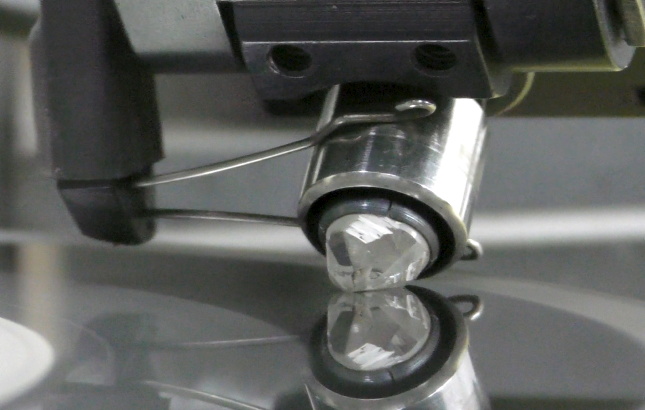


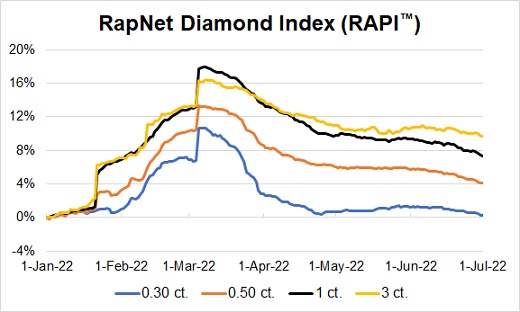




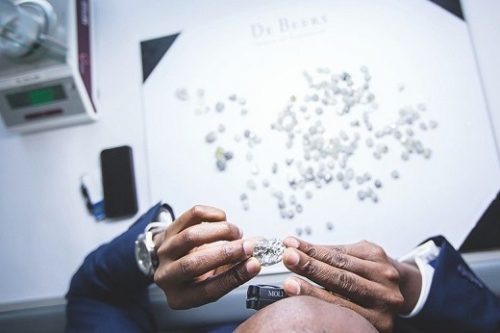
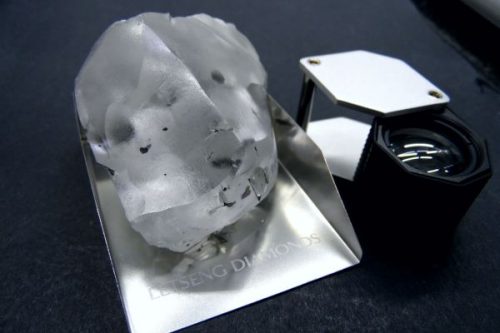
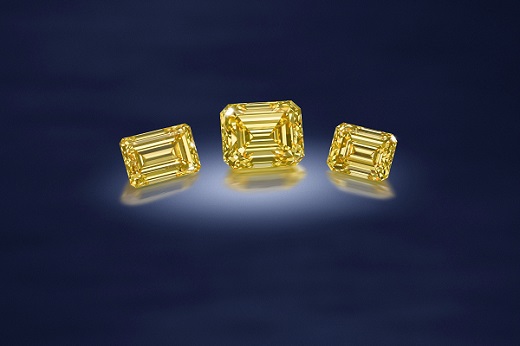

 If you are you considering selling your diamond, but feel as though you have no idea how or where to begin with the process?
If you are you considering selling your diamond, but feel as though you have no idea how or where to begin with the process?